How AI Is Reshaping Wildlife Conservation: A Double-Edged Sword

Table of Contents
AI's Positive Impacts on Wildlife Conservation
AI is proving to be a game-changer in various aspects of wildlife conservation, offering innovative solutions to long-standing problems. Its applications are vast and constantly evolving.
Improved Wildlife Monitoring and Tracking
AI-powered technologies are revolutionizing how we monitor and track wildlife populations. This enhanced surveillance provides crucial data for informed conservation decisions.
- AI-powered drones and camera traps: These technologies allow for efficient and wide-scale surveillance of vast and inaccessible areas, capturing data previously impossible to obtain. Drones equipped with thermal imaging can detect animals even at night, while camera traps offer passive monitoring, minimizing human disturbance.
- Automated image and video analysis: Sophisticated algorithms can rapidly process large volumes of visual data, identifying species, counting individuals, and tracking their movements with remarkable accuracy. This automation frees up human researchers to focus on analysis and interpretation of the data. Machine learning models are constantly improving their ability to distinguish between species, even in challenging conditions.
- Predictive modeling: By analyzing historical data and environmental factors, AI algorithms can predict habitat loss, animal migration patterns, and potential threats, enabling proactive conservation strategies. This predictive capability is vital for anticipating and mitigating risks to vulnerable populations.
- Examples: AI-powered systems are successfully used to monitor elephant populations in Africa, providing real-time data on their movements and alerting conservationists to potential threats. Similarly, real-time tracking of endangered sea turtles using AI-powered tags is providing critical insights into their migration patterns and habitat use.
Combating Poaching and Illegal Wildlife Trade
The fight against poaching and illegal wildlife trade is a constant battle, but AI is providing powerful new weapons in the arsenal.
- AI-driven surveillance systems: Real-time monitoring of protected areas using AI-powered systems, including sensor networks and drone surveillance, can detect suspicious activities, such as the presence of poachers or illegal logging, allowing for rapid intervention.
- Facial recognition technology: AI can be used to identify poachers and traffickers from images and videos, assisting law enforcement in apprehending criminals and disrupting trafficking networks. This technology can also be used to identify individuals involved in the illegal wildlife trade even across borders.
- Analysis of illegal wildlife trade data: AI algorithms can analyze large datasets of seized wildlife products, trafficking routes, and market trends to identify patterns and predict future trafficking hotspots. This data-driven approach helps to target enforcement efforts more effectively.
- Examples: AI systems are already being used to analyze satellite imagery to detect illegal logging in protected areas, identifying areas requiring immediate attention. Predictive policing strategies, informed by AI, are helping to prevent poaching incidents by anticipating high-risk areas and times.
Enhancing Habitat Management and Restoration
AI is not just about monitoring and enforcement; it also plays a vital role in habitat management and restoration.
- AI-powered analysis of environmental data: Satellite imagery, climate data, and other environmental data can be analyzed using AI to identify areas suitable for habitat restoration, predict the impact of climate change on wildlife habitats, and optimize conservation efforts.
- Predictive modeling: AI can simulate the effects of different restoration strategies, helping conservationists to choose the most effective approaches. It can also predict how climate change will affect habitats, enabling proactive adaptation strategies.
- Precision agriculture techniques: AI can guide precision agriculture techniques that minimize the environmental impact on wildlife, such as optimizing pesticide and fertilizer use, reducing habitat fragmentation, and improving water management.
- Examples: AI is being used to optimize reforestation projects, ensuring that the right trees are planted in the right places to maximize biodiversity and habitat suitability. AI-powered tools are also being used to map and monitor crucial wildlife habitats, providing valuable insights into their condition and vulnerability.
The Challenges and Ethical Concerns of AI in Wildlife Conservation
While AI offers immense potential, it’s crucial to acknowledge the challenges and ethical concerns associated with its use in wildlife conservation.
Data Bias and Algorithmic Limitations
The effectiveness of AI relies heavily on the quality and representativeness of the data used to train the algorithms.
- Potential for bias: If training data is not representative of the diverse wildlife populations, the AI algorithms may be biased, leading to inaccurate predictions and potentially harmful conservation decisions. For instance, algorithms trained primarily on data from one region might not perform well in another with different species and environmental conditions.
- Limitations of AI: AI struggles with complex ecological interactions and unforeseen events. It cannot replace human expertise and judgment in all situations, particularly in nuanced situations requiring intricate ecological understanding.
- Need for robust validation: AI-generated insights must be rigorously validated and verified using independent methods to ensure accuracy and reliability.
Privacy Concerns and Data Security
The use of AI in wildlife conservation raises important questions about data privacy and security.
- Ethical considerations: Collecting and using wildlife data requires careful consideration of ethical implications, respecting animal welfare and minimizing any potential disturbance or harm.
- Potential for misuse: AI-powered surveillance systems could be misused for purposes other than conservation, raising concerns about privacy and potential for abuse. Strong safeguards are crucial to prevent such misuse.
- Data protection: Robust data protection measures are crucial to ensure the security of sensitive wildlife information, preventing unauthorized access or manipulation.
Cost and Accessibility
The development and implementation of AI-powered conservation technologies can be expensive, limiting access for many organizations.
- High costs: The cost of developing and deploying advanced AI systems, including hardware, software, and expertise, can be prohibitive for organizations with limited budgets.
- Limited accessibility: This technology is often not accessible to organizations and communities in developing countries, which are often home to the most biodiverse regions and face the most pressing conservation challenges.
- Need for collaboration: Collaborative efforts and funding mechanisms are necessary to ensure equitable access to AI-powered conservation tools for all stakeholders.
Conclusion
AI in wildlife conservation presents a transformative opportunity, offering innovative solutions to address critical challenges. From enhanced monitoring to effective anti-poaching strategies, AI's potential is undeniable. However, we must acknowledge and mitigate the potential risks associated with algorithmic bias, data security, and accessibility issues. By embracing responsible AI development and deployment, we can harness its power to create a more sustainable future for wildlife. To learn more about the latest advancements and ethical considerations in this rapidly evolving field, continue exploring the exciting possibilities of AI in wildlife conservation.

Featured Posts
-
 Is William Contreras A Game Changer For The Brewers
Apr 23, 2025
Is William Contreras A Game Changer For The Brewers
Apr 23, 2025 -
 Erzurum Okullar Tatil Mi 24 Subat Son Dakika Okul Durumu Ve Valilik Aciklamasi
Apr 23, 2025
Erzurum Okullar Tatil Mi 24 Subat Son Dakika Okul Durumu Ve Valilik Aciklamasi
Apr 23, 2025 -
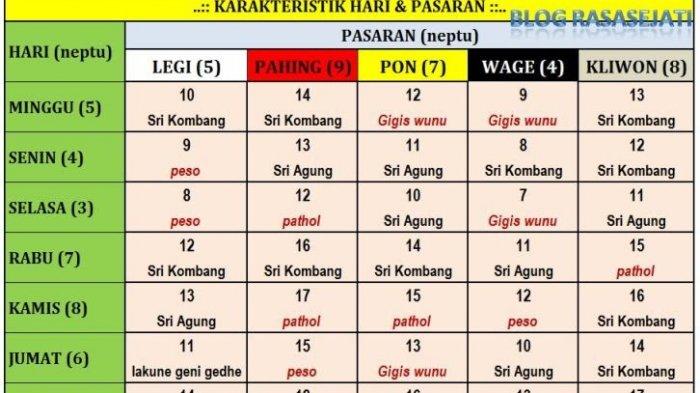 Ramalan Jodoh Weton Jumat Wage Dan Senin Legi Cocok Atau Tidak
Apr 23, 2025
Ramalan Jodoh Weton Jumat Wage Dan Senin Legi Cocok Atau Tidak
Apr 23, 2025 -
 Greene Advocates For Reduced Qe Scale In Future Economic Crises
Apr 23, 2025
Greene Advocates For Reduced Qe Scale In Future Economic Crises
Apr 23, 2025 -
 William Contreras Expectations And Reality In Milwaukee
Apr 23, 2025
William Contreras Expectations And Reality In Milwaukee
Apr 23, 2025
Latest Posts
-
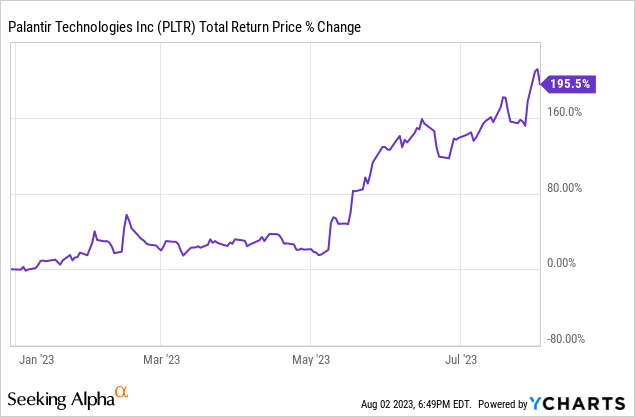 Should You Invest In Palantir Before May 5th A Wall Street Perspective
May 10, 2025
Should You Invest In Palantir Before May 5th A Wall Street Perspective
May 10, 2025 -
 Palantir Stock Outlook Wall Streets Prediction Before May 5th
May 10, 2025
Palantir Stock Outlook Wall Streets Prediction Before May 5th
May 10, 2025 -
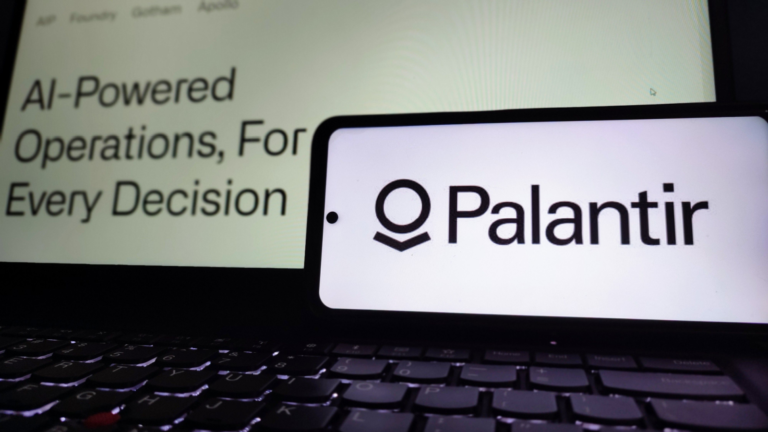 Palantir Stock Current Market Analysis And Investment Outlook
May 10, 2025
Palantir Stock Current Market Analysis And Investment Outlook
May 10, 2025 -
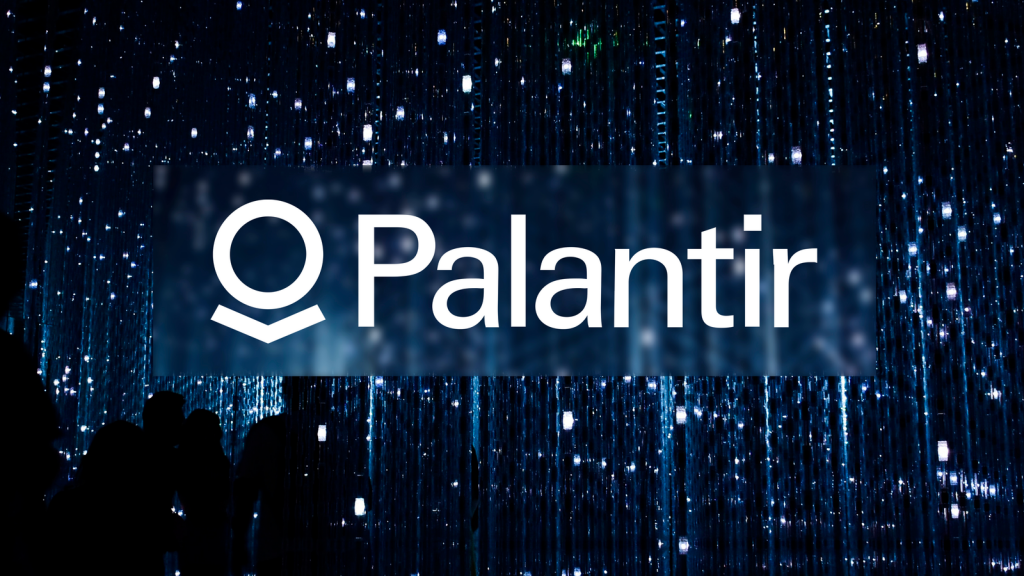 Palantir Stock Buy Or Sell Before May 5th Wall Streets Take
May 10, 2025
Palantir Stock Buy Or Sell Before May 5th Wall Streets Take
May 10, 2025 -
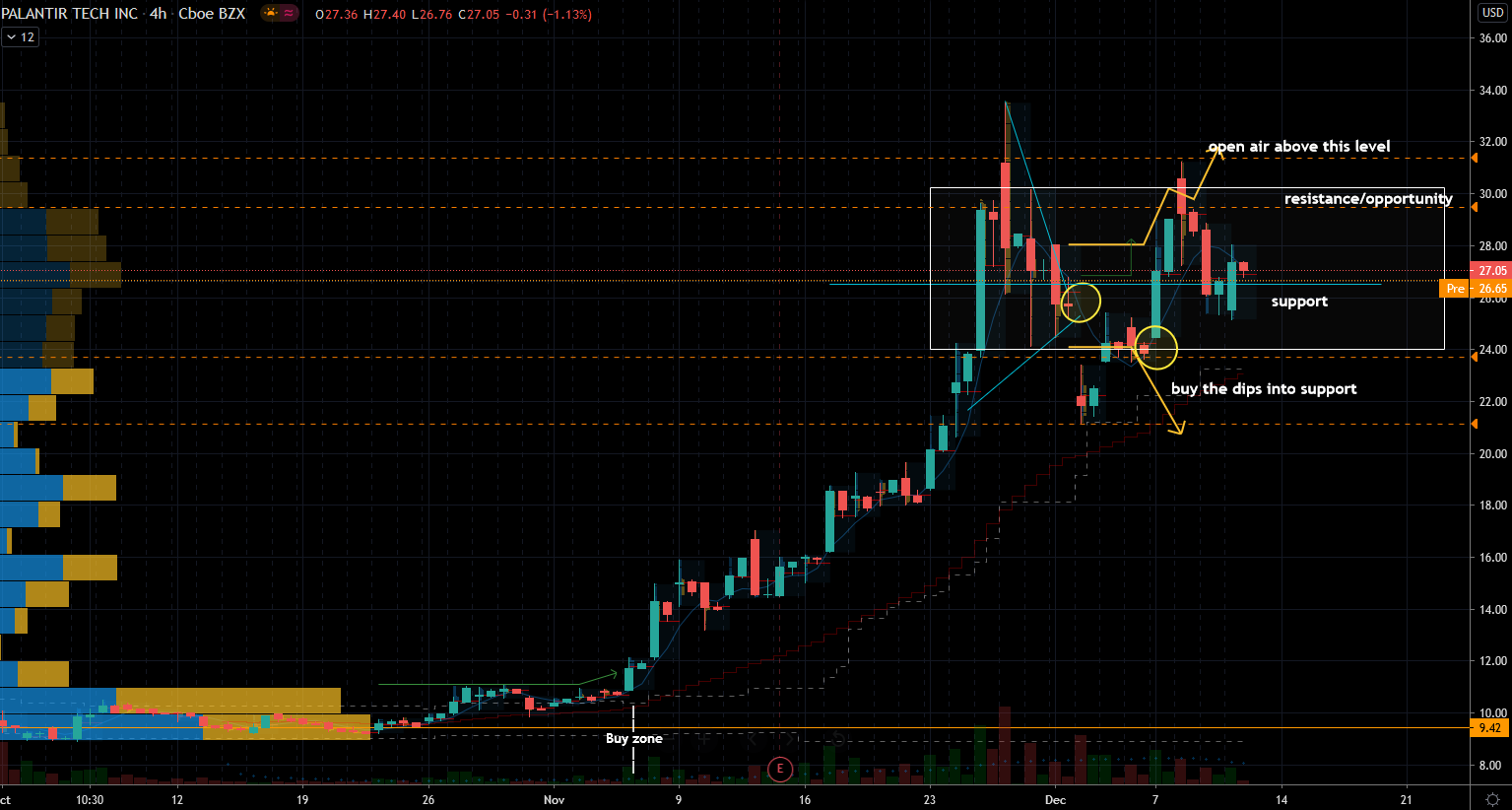 Is Palantir Stock A Good Investment Evaluating The Risks And Rewards
May 10, 2025
Is Palantir Stock A Good Investment Evaluating The Risks And Rewards
May 10, 2025
